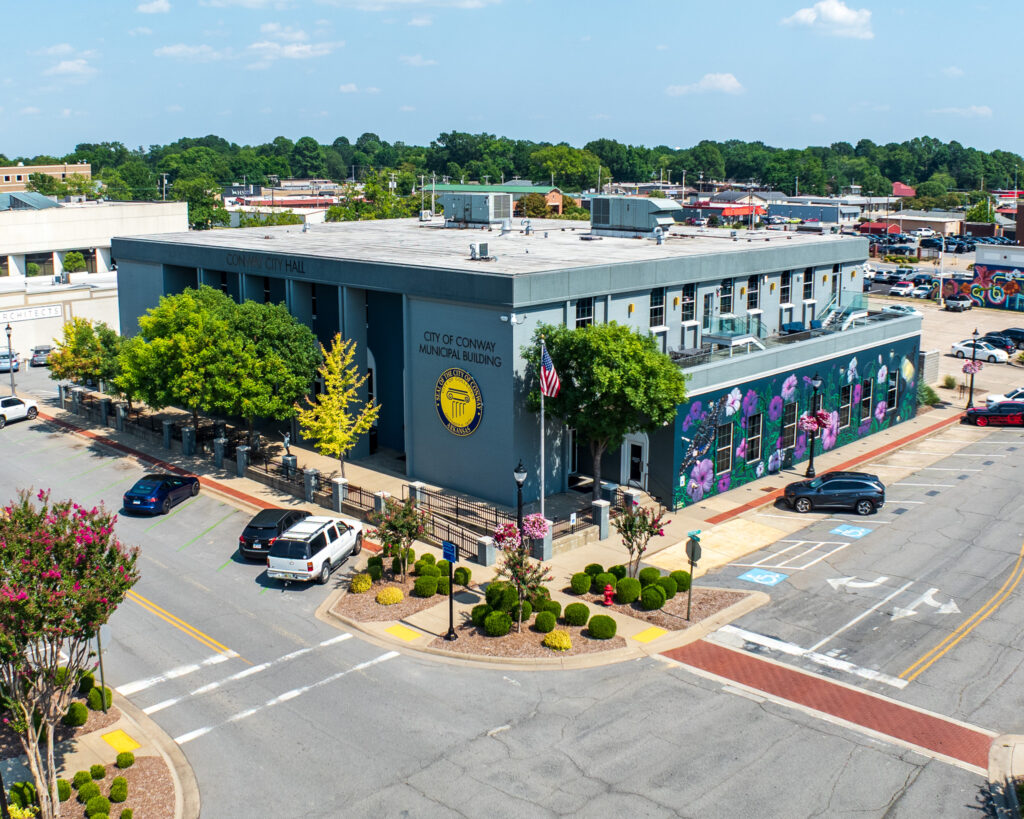Accessory and Prefabricated Building Permit Guidelines
- Home
- Departments
- Permits & Inspections
The following information is provided to assist in common permitting questions and building code issues related to the permitting and placement of accessory structures on residential properties. The information shall not in any case supersede the building code or zoning regulation requirements for the situation.
Building Permit Requirements
- Building permits are required for accessory structures greater than 50 sq. ft. in area that are built on site or purchased and moved onto the site.
- Even though a building permit is not required for an accessory structure of 50 sq. ft. or less, the zoning setback requirements listed below are still applicable.
- A site plan is required to be submitted showing the proposed location of the accessory structure. Site plans shall be drawn to scale, complete and legible, showing the proposed accessory structure, the existing structures, property lines, easements and dimensions from property lines and other buildings on the property.
- Metal buildings require engineering details to show compliance with the wind load requirement of 90 mph winds. The engineering details will need to include footing/foundation and anchorage details.
Inspections Required
- Footing Inspection, prior to pouring concrete
- Floor Joist, prior to laying subfloor
- Framing, prior to installation or covering of any kind
- Final Building, when structure is completed
Footings and Foundation
- Buildings 160 square feet and greater in area are required to be placed on a permanent foundation that extends continuously around the perimeter of the building.
- Footings are required to be a minimum of 8” of concrete with the bottom of the footing being 12” measured below The footing is required to be 24” wide at the bottom of the footing.
- Two continuous #4 (1/2”) elevated rebar is required to be placed in the footing.
- Corners must be bent and overlapped, not terminated.
- The building is required to be attached to the footing/foundation by ½” anchor bolts embedded 7” into the Such anchor bolts are required at the end of each sill plate and not more than 6’-0” on center. Alternative foundation sill anchors are permitted to be installed in accordance with an ICC compliance report or engineering details.
Electrical, Plumbing and/or Mechanical Work
- Should the accessory building include, now or at a later date, electrical, plumbing or mechanical installation, a permit for the scope of work will be required.
- Electrical, Plumbing, Gas and Mechanical work are required to be performed and permitted by an Arkansas State Licensed tradesmen/sub-contractor.
Inspections Required
- Rough Inspections (all trades)
- Top Out
- Gas
- Framing
- Final Inspections (all trades)
Zoning/Setback Regulations
- The Conway Zoning or any subsequent Overlay District shall dictate the building setbacks.
- A minimum of 10’ shall separate all detached buildings.
- To be considered attached would require to be structurally attached with a 4’ minimum wide roof attachment.
Historic District Regulations
Any purposed accessory buildings located in the Old Conway Historic District 160 square feet or more in arearequire review and approval by the Old Conway Design Review Board OR Asa Robinson Historic Districtrequires review and approval by the Asa P. Robinson Historic District Commission.
Subdivision Covenants
It is not unusual for a subdivision to include subdivisions regulations or covenants that apply to the construction ofaccessory Please be advised to check with your homeowner’s association or the deed to your property for covenants or restrictions that may exist and apply to your accessory building.

Building Permits
- 501-450-6107
- permits@conwayarkansas.gov
- 1111 Main St, Conway, AR 72032
Planning
- 501-450-6105
- planning@conwayarkansas.gov
- 1111 Main St, Conway, AR 72032
